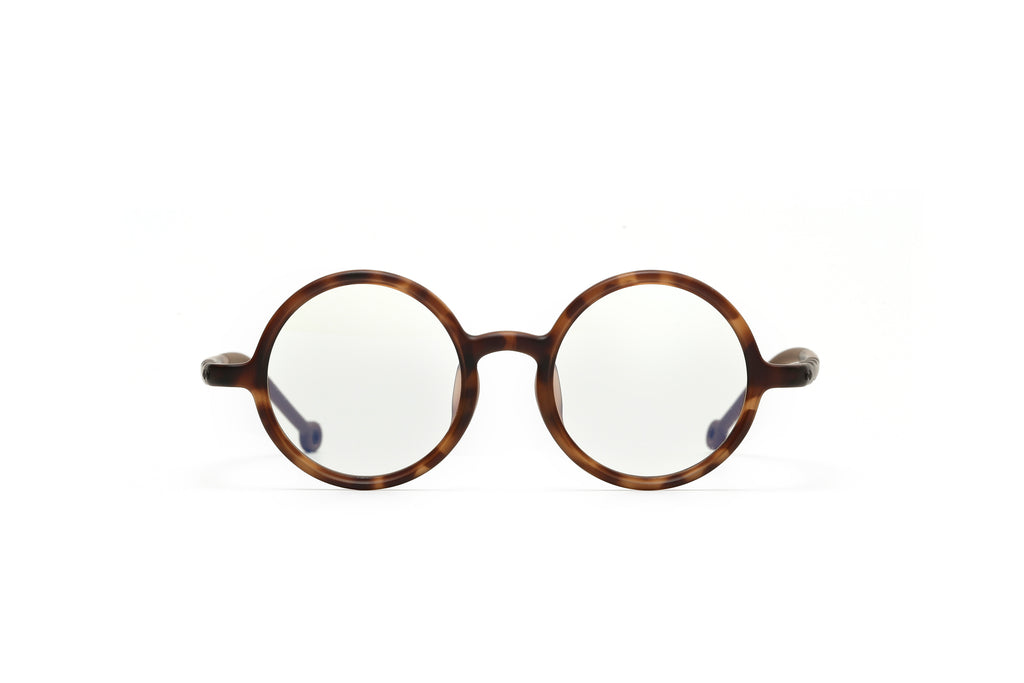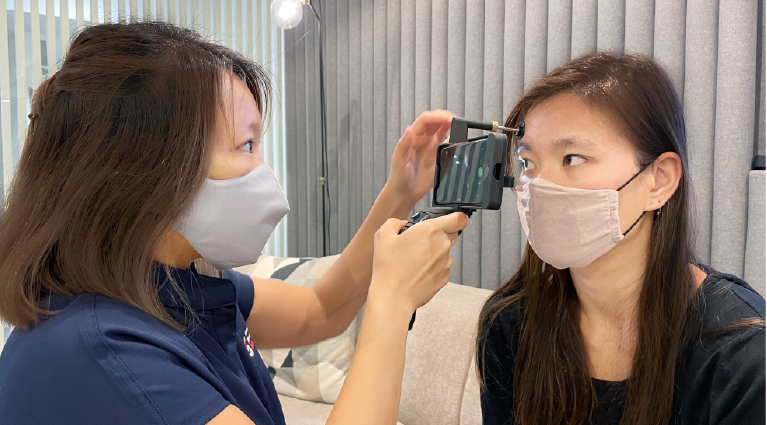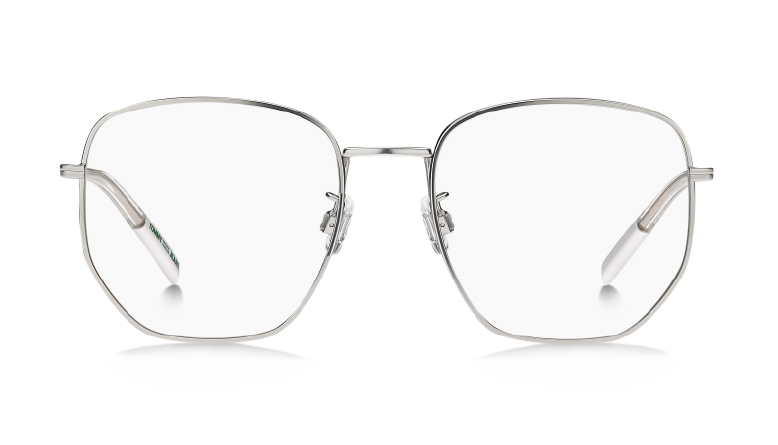
Understanding Astigmatism
Astigmatism is a common eye condition that affects millions of people worldwide. Despite its prevalence, many individuals are unfamiliar with what astigmatism actually is and how it can impact vision. In this article, we will delve into the details of astigmatism, including its causes, symptoms and available treatment options.
What is astigmatism?
Astigmatism is a refractive error that occurs when the cornea or lens of the eye has an irregular shape. Unlike normal cornea, which is round and evenly curved, an astigmatic cornea is shaped more like a football, with varying degrees of curvature in different meridians. Due to this abnormality, light focuses on numerous locations on the retina rather than just one, leading to blurry or distorted vision.
Causes of astigmatism:
It is not exactly clear what causes astigmatism. Nevertheless, it can often be present from birth and can be hereditary. While in certain instances, astigmatism can arise as a result of an eye injury, surgery, etc.; cataract surgery or other eye procedures; or as a result of specific corneal disorders like keratoconus. Likewise, astigmatism can develop as a result of certain lifestyle choices, such as continuous eye rubbing.
Symptoms of astigmatism:
It is important to keep in mind that astigmatism can occur with other refractive defects like nearsightedness (myopia) or farsightedness (hyperopia), which will further impair visual clarity.
Individuals with astigmatism may experience a range of symptoms, including:
- Blurry / distorted vision
- Inability to read small print or perceive fine details
- Eye Strain or fatigue, particularly after extended period of visual tasks
- Squinting to improve focus
Diagnosis and treatment:
The diagnosis of astigmatism requires a thorough eye exam by an optometrist or ophthalmologist. The eye care professional will perform various tests to determine the presence and severity of astigmatism.
Treatment for astigmatism include:
- Eyeglasses
- Prescription glasses with cylindrical lenses help correct astigmatism's refractive defect while delivering clear and focused vision.
- Contact lenses
- Toric contact lenses are made specifically to correct astigmatism. To compensate for the variable corneal shape, they have various powers on different meridians.
- Refractive surgery
- Individuals may choose surgical techniques like LASIK or PRK to permanently reshape the cornea, correcting astigmatism and other refractive problems in some situations.
In conclusion:
Astigmatism is a common eye condition that affects the way light is focused on the retina, resulting in blurry or distorted vision. Fortunately, there are effective treatment options available to correct astigmatism and improve visual acuity.
If you experience any symptoms of astigmatism or have concern about your vision, it is always advisable to consult with an eye care professional for a comprehensive eye examination and appropriate management.
With Vision Direct Club, we have highly skilled mobile optometrists that can provide comprehensive eye examinations at your preferred location! In addition, you can find your prescription glasses, contact lenses, and lens solution through the mobile eye clinic.
You can learn more about contact lenses through our telehealth services.
If you are interested in booking your tele-optometry consultation, we are offering complimentary tele-optometry services for the first 20 bookings with our promo code: [ONECALLAWAY]
We make getting your eye care solutions simple; your prescription will be available in your account after the visit with the mobile optometrists through the mobile eye clinic.
In same category
What is Arcus Senilis also know as Cholesterol Rings ? : A Sign of Aging Eyes
From Metal to Wood: Finding the right pair of glasses
Discover the World of Eyewear Materials: The seemingly simple choice of eyewear frames goes beyond mere aesthetics, profoundly influencing our daily lives in terms of...
The Future of Eye Screenings: VisionPal Studio's Approach to Preventive Eye Care
VisionPal is revolutionizing the world of eye care with the launch of its innovative studio on the 9th of March 2024. Offering a unique blend...




































